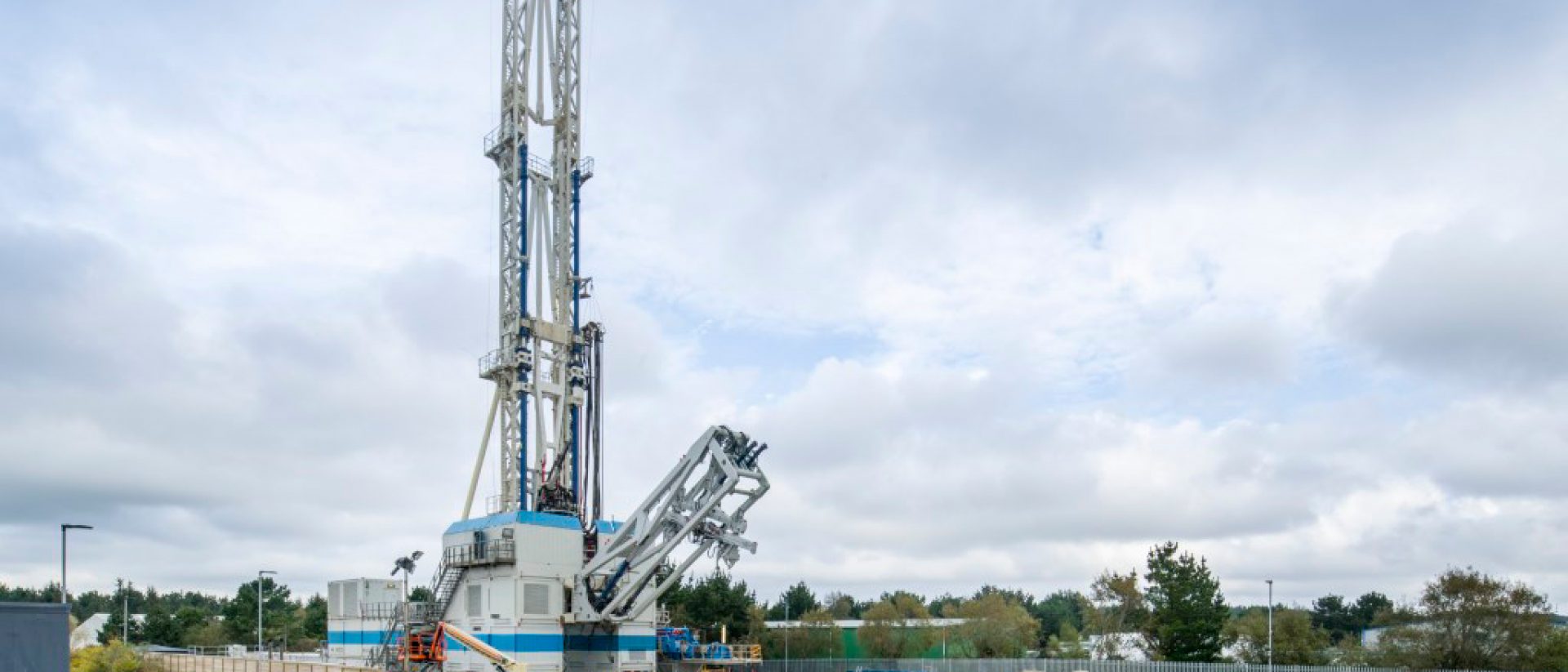An opinion piece written by Dr Nina Skorupska, Chief Executive at the REA, initially published for BusinessGreen.
For many when they think of renewable energy sources, solar and wind power are often the ones that come to mind. Even for people working in our Sector. Yet, among the vast range of renewable energy technologies, there’s an often overlooked and yet highly promising contender in the mix: geothermal energy.
As the world grapples with the urgent need to reduce carbon emissions and combat high costs, there is a growing consensus now that we must diversifying the energy. Geothermal energy can play a vital role alongside wind, solar, bioenergy and other renewables in meeting energy demands while minimising environmental impact. The UK’s journey towards a sustainable future must dig deeper and tap into the heat from within the Earth itself.
The latest Contracts for Difference (CfD) allocation results announced this month made it clear that this clean technology has a strong future in the UK; a total of 12MW from three deep geothermal projects have been granted funding. Though it has taken time for the Government to see the potential this technology has in accelerating the UK’s energy transition, we must do more to make the most of every opportunity available.
How does it work?
The UK has geothermal potential that is yet to be fully tapped. Geothermal energy harnesses the heat created and available within the earth’s crust to produce electricity and heat. This energy is drawn from beneath the earth’s surface by tapping into geothermal reservoirs as steam or hot water to the surface. Heat can then be used directly for heating buildings or generating electricity. Unlike fossil fuels, geothermal energy is renewable as it relies on the earth’s internal heat, which is inexhaustible on human timescales. This energy can be generated independent of the weather and can be reliably used as a stable and consistent source to decarbonise heating in the UK.
Realising its potential
When compared with other European countries, the UK is lagging behind when it comes to using geothermal to produce energy. One of the most vocal supporters for deep geothermal energy, Dr Kieran Mullan MP, described his experiences in Europe where the technology is being used to its full advantage: “Deep geothermal energy is heating more than 250,000 homes in Paris and many more across Europe. It is a clean, green, reliable resource. I got to see for myself how quietly and efficiently this hot water can be utilised visiting a plant in Germany. No one would know the little building I visited next to a park and a school was heating the local swimming pool, businesses, town hall and hundreds of homes.”
The UK’s geology means there is potential for geothermal across much of the country – from the granites found in Cornwall to the limestone and sandstone basins in the midlands and north of England. An ARUP (2021) report, which was commissioned by the REA, estimated that with government support 360 geothermal projects could be operational by 2050. It would be possible to heat 2 million homes and deliver carbon savings of 3 megatons /year. This would also generate significant socio-economic benefits. Many of the areas suitable for deep geothermal in the UK coincide with areas of social deprivation. Realising the UK’s geothermal potential would aid in levelling up, via the creation of 10,000 direct jobs and 25,000 indirect jobs (ARUP, 2021). Furthermore, the UK already has a sizeable oil and gas workforce whose skills and knowledge could benefit the geothermal sector. Finally, the secure supply of geothermal energy makes it an attractive source of energy that can help the UK become less dependent on international gas supply and markets, thereby increasing energy security.
Challenges and the way forward
While the geothermal potential in the UK is promising, there are challenges that must be addressed to fully harness this resource. The high initial costs of drilling and exploration can be prohibitive, especially when compared to more established forms of renewable energy. An indication of drilling costs was obtained from ARUP’s data report (2021), which estimated costs in the order of £1.6 to £1.8 million per km depth for 1–2 km vertical wells in the UK. The high upfront costs of geothermal energy in the UK are considered the main barriers to wider adoption, as they make it difficult for projects to obtain finance under current technology awareness and market conditions. Financial support and risk-sharing mechanisms similar to those available in other European countries are needed for geothermal projects.
To overcome these challenges, the UK government must provide incentives and grants to stimulate geothermal research and development. Collaborative efforts between government bodies, research institutions, and private companies could accelerate the deployment of geothermal projects. The most recently published whitepaper, funded by the Department for Energy Security and Net Zero, lays out recommendations on how to fully tap into geothermal projects in the UK. The REA have long called for a ‘Geothermal Development Incentive’ to lead to the creation of the first heat plants and kickstart the UK market.
Geothermal energy’s potential to contribute to the nation’s energy transition is undeniable. From the geologically rich landscapes of Cornwall to the wider application of geothermal heat pumps for heating purposes, the UK has a golden opportunity to tap into this hidden resource. The good news from the CfD results is encouraging but the clock continues to tick as we get closer to 2050. Now is the time for Government to “dig deep” and realise the full potential that lies beneath us.

